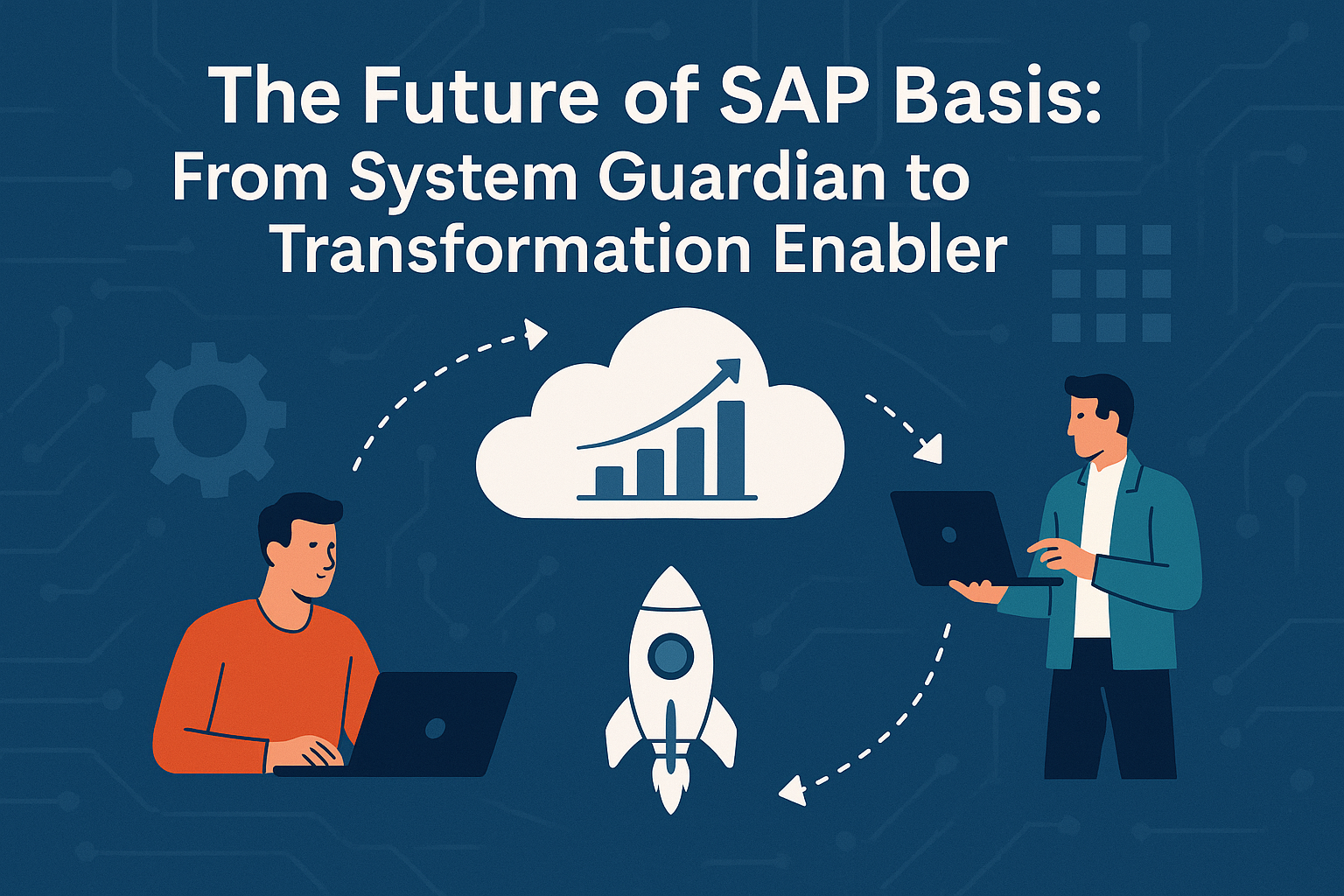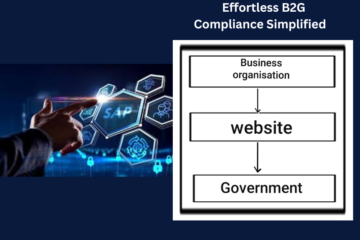Moving IT systems to the cloud can bring about numerous advantages, such as scalability, cost savings, and increased flexibility. However, it is essential to be aware of the challenges and risks that come along with cloud migration.
Here are some common challenges and ways to mitigate them, as well as steps that CIOs or CTOs can take to ensure a risk-free and safe migration:
Data security and privacy:
Risk: Transferring sensitive data to the cloud raises concerns regarding unauthorized access, data breaches, or non-compliance with data protection regulations.
Mitigation: Implement robust security measures like encryption, access controls, and regular security audits. Choose cloud service providers (CSPs) with strong security certifications and standards, and establish clear data handling and privacy policies.
Vendor lock-in:
Risk: Migrating systems to a specific cloud provider may create difficulties when switching providers due to data transfer complexities and application reconfiguration.
Mitigation: Minimize vendor-specific dependencies by utilizing industry standards and open-source technologies where possible. Conduct thorough evaluations of different cloud providers, considering service offerings, migration support, and long-term viability.
Performance and reliability:
Risk: Dependence on the internet and the cloud provider’s infrastructure introduces the potential for connectivity issues, latency, and service disruptions.
Mitigation: Assess the cloud provider’s service-level agreements (SLAs) and performance track record. Implement redundant architectures and consider multi-cloud or hybrid cloud strategies to distribute risk and improve resilience.
Application compatibility and migration complexity:
Risk: Some legacy applications may not be readily compatible with cloud environments, leading to complexities in migration and potential disruptions.
Mitigation: Conduct a thorough analysis of existing applications and evaluate their compatibility with the cloud. Consider refactoring or rewriting applications to leverage cloud-native capabilities. Create a comprehensive migration plan, including testing and rollback procedures, and involve stakeholders from various teams to ensure smooth transitions.
Cost management:
Risk: Cloud services can be cost-effective, but without proper planning and monitoring, costs can quickly escalate.
Mitigation: Develop a comprehensive cost management strategy, including regular monitoring, optimization of resource usage, and leveraging cost management tools provided by the cloud provider. Set up budgets, implement cost allocation tags, and regularly review your cloud infrastructure to identify and address cost inefficiencies.
To ensure a risk-free and safe migration, CIOs or CTOs should:
- Conduct a thorough assessment of the existing IT infrastructure, applications, and data to identify suitable workloads for migration.
- Develop a clear cloud migration strategy and roadmap, outlining objectives, timelines, and responsibilities.
- Involve key stakeholders from IT, security, legal, and compliance teams to address potential risks and ensure compliance with relevant regulations.
- Pilot the migration process with non-critical systems or use a phased approach to minimize disruptions and test the effectiveness of migration strategies.
- Establish strong communication channels with the cloud service provider to address any concerns or issues promptly.
- Implement robust backup and disaster recovery plans to protect against data loss and ensure business continuity.
It is important to note that while no migration is entirely risk-free, following best practices, conducting thorough planning and risk assessments, and engaging with knowledgeable partners or consultants can significantly minimize risks and ensure a successful cloud migration.



0 Comments